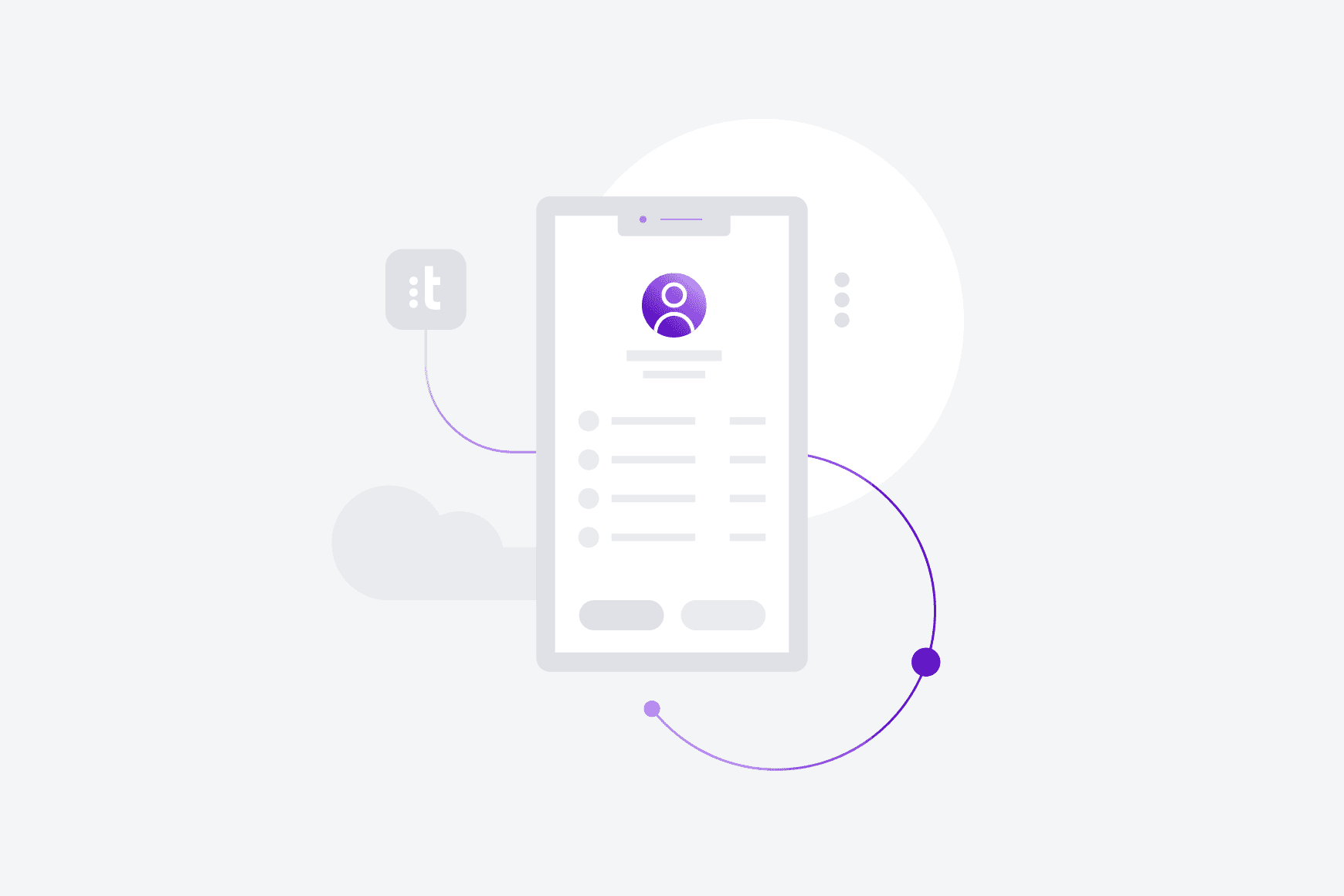Contact Center Trends
7 Key Challenges That Hinder Agent Performance

Editor’s Note: This piece was originally written by Brian Cantor, Digital Director and Principal Analyst at CCW, for CCW and Talkdesk’s Special Report: Agent Performance.
Agent performance is, itself, a major challenge for contact centers. Even if all the strategic and systemic stars align, there is no guarantee the agents will actually be able to achieve optimal results. Well-coached NFL teams do not always win Super Bowls, well-practiced speakers do not always present inspirational speeches at the podium and empowered contact center agents do not always deliver experiences that satisfy customer and business needs. There is, however, an absolute guarantee that agents will not perform properly in a suboptimal contact center environment. If the management directives, processes and technologies are not predicated on driving agents to success, the customer experience will absolutely suffer.
By succumbing to some common challenges, today’s organizations turn the already difficult task of agent performance into an utterly impossible one.
Unclear and inconsistent metrics
Employees are fundamentally numbers-driven. They may appreciate the qualitative idea of customer centricity, but they require a quantitative structure to guide their behavior. They require metrics. Not simply a way to help agents “track” their behavior, metrics should establish a hierarchy of value. They should reveal what matters to the business, which in turn lets agents know what they must do to achieve success now – and rewards, promotions and opportunities in the future.
Unfortunately, many businesses fail to create a consistent, straightforward metrics framework. Some do not provide agents with transparent access to performance numbers. Some tell agents to focus on connecting with customers but then evaluate them specifically on talk time and call count. Some advocate for customer centricity yet issue bonuses without paying mind to customer-oriented outcomes.
By not creating a clear, consistent performance hierarchy that agents can follow in real-time, businesses do not simply undermine contact center performance. They also create internal frustration, which renders agents unsuitable for dazzling customers in the short-term and unlikely to stay with the business in the long run. CCW Digital research confirms “unclear metrics” as a top cause of unproductivity and a top agent experience challenge.
Performance standards in new channels
Organizations struggled to establish a clear, consistent performance framework in the phone/voice channel. Imagine the challenge of creating one that encompasses all contact channels. Indeed, the omnichannel revolution has compounded the challenge of establishing performance standards. Many organizations are still fleshing out engagement in newer, digital channels. What do customers expect in these channels? To what extent should service levels and response rates mirror those in the conventional voice channel? Is a quick, complete resolution as essential to a Twitter interaction as it is a telephone conversation?
As they work to understand performance expectations within individual channels, organizations also face the challenge of answering the omnichannel question. They must determine universal standards that apply regardless of channel. Customer-minded businesses are also wrestling with establishing metrics for the omnichannel experience itself, including ways to score the ease with which customers can move between channels.
Disintegrated technology
Before beginning to offer a resolution, the agent requires contextual information about the specific customer and specific issue. In many organizations, the process of acquiring this information is cumbersome, difficult or even impossible.
“Internal systems/tools can have both positive and negative impacts on agent performance,” said Gadi Shamia. “The data in these systems is usually critical to helping agents resolve customer issues, but most contact center agents need to access an average of eight disparate systems to resolve customer issues – this has a negative performance impact.”
CCW Digital research confirms “disintegrated technology” as the #1 productivity challenge, and it is easy to understand why. If agents need to spend minutes accessing multiple, complicated, unconnected screens just to get context, they have no prayer of delivering an optimal experience for the customer. They will either need to impose an additional, unwanted waiting period on the customer or ask the customer to repeat information. Either way, the customer is being asked to exert more effort while enduring a slower experience.
“Agent performance and CSAT suffer when a customer fails self service, calls the contact center and the agent has no idea who they are or the nature of their problem,” said Gadi. “The customer has to repeat everything again and relives that negative experience, in addition to the frustration of an inefficient solution. Effective omni-channel integration happens when the context of the previous interactions is carried forward to subsequent interactions.”
Quickly, yet meaningfully connecting with a customer is difficult enough for agents who have the information they need. It is an impossible task for those who do not.
Lack of knowledge – poor training
Agent empowerment is the key to performance. Great training is the key to agent empowerment. Unfortunately, some organizations struggle to deliver the training agents require. They gear training toward basic, generic procedures and scripts, ignoring the human competencies and brand-specific insights that help agents deliver meaningful value. Training cultivates agents who can answer common questions rather than those who can connect with customers. Always a problem, this issue becomes particularly pronounced amid the new contact center normal. With agent focus shifting to more complex, unpredictable interactions, procedural knowledge is even less useful. Today’s agents need to feel comfortable recognizing nuanced customer needs, before thinking critically and creatively about unique resolutions.
Organizations further undermine their training by ignoring the voice of the customer. They train agents on static knowledge, leaving them unable to understand what really matters to customers – and how those preferences are changing over time.
Customers can use self-service tools to access basic, standard information about the company and its products. They expect agents to deliver support that is dynamic and personalized.
The challenge of training goes beyond course material. Training, itself, can be the enemy of performance. Instead of leveraging automated tools and real-time, in-call support, many organizations remain committed to general classroom training. This training, which doesn’t even provide agents with custom, nuanced learning, takes agents away from their desks – and from the customers they are tasked with satisfying.
CCW Digital research identifies training and coaching as the top investment focuses for workforce management, performance and the agent experience. Organizations clearly understand the importance of training, but if they do not correct the training they are offering, their investments will be for naught.
Lack of knowledge – poor accessibility
Even the best training has its limitations. Agents will inevitably encounter questions for which they do not automatically know the answer. They will subsequently turn to the company knowledge base for assistance. The ease of navigating that knowledge base has direct ramifications for performance. Unfortunately, those ramifications are often of the negative variety. Company knowledge bases are cumbersome and unintuitive, requiring agents to exert considerable effort – and waste considerable time – acquiring information customers expect immediately.
Worse, they are not connected with the call desktop, analytics suite or CRM solution. They neither have the ability to “learn” based on past interactions nor guide agents based on the current interaction. The data remains static and impersonal at best and incorrect and out-of-date at worst.
Performance suffers as a result. Agents – even personable ones who can think on their feet – deliver experiences that are slower, less accurate and less personal than customers are demanding.
Poor workflow management
Agents are at their most valuable when conversing – and connecting – with customers. It is a task humans continue to do better than machines. It is also a task that continues to yield tremendous value for the business.
In an optimized contact center environment, agents would spend most (if not all) of their time in nuanced, deep, “human” interactions with customers. It would yield the greatest ROI for the business, while also driving the greatest possible degree of agent satisfaction. Agents would in turn be happier, stay longer, perform better and ultimately produce a stronger contact center function.
Few businesses actually create this ideal environment. They instead assign agents mundane tasks, including answering transactional calls, handling post-call work, performing data entry and participating in classroom training. Suboptimal scheduling compounds this matter, as agents sometimes spend time doing nothing.
By increasingly handling transactional matters, AI-driven self-service is helping to a degree. The interactions agents manage will be of a more nuanced, productive, valuable variety. Unfortunately, reducing transactional call volume only addresses part of the issue. Organizations will still need to account for the menial, non-interaction tasks on which agents are currently spending time. If not, agents will continue to perform below their potential.
Ineffective routing
Certain agents are better-suited for certain customers and issues. Many organizations fail to recognize – and take advantage of – this reality. They route calls based on random (or very rudimentary) rules, doing nothing to ensure “fitness” between the customer and agent. Performance suffers as a result. Agents are unable to make the best possible connections with customers. They also lack the knowledge to deliver the fastest, most worthwhile resolutions. Agents spend more time on each call and do not even deliver significant value for the customer.
It is not enough to emphasize customer centricity as an objective. A performance-centric company leverages processes and technology to foster the best possible connections between agents and customers. Find out how to overcome these challenges by clicking the button below.

![[object Object]](/fr-fr/_next/image/?url=https%3A%2F%2Fcms.talkdeskqa.com%2Fapp%2Fthemes%2Ftalkdesk-com%2Fassets%2Fimages%2Flogos%2F&w=3840&q=50)



